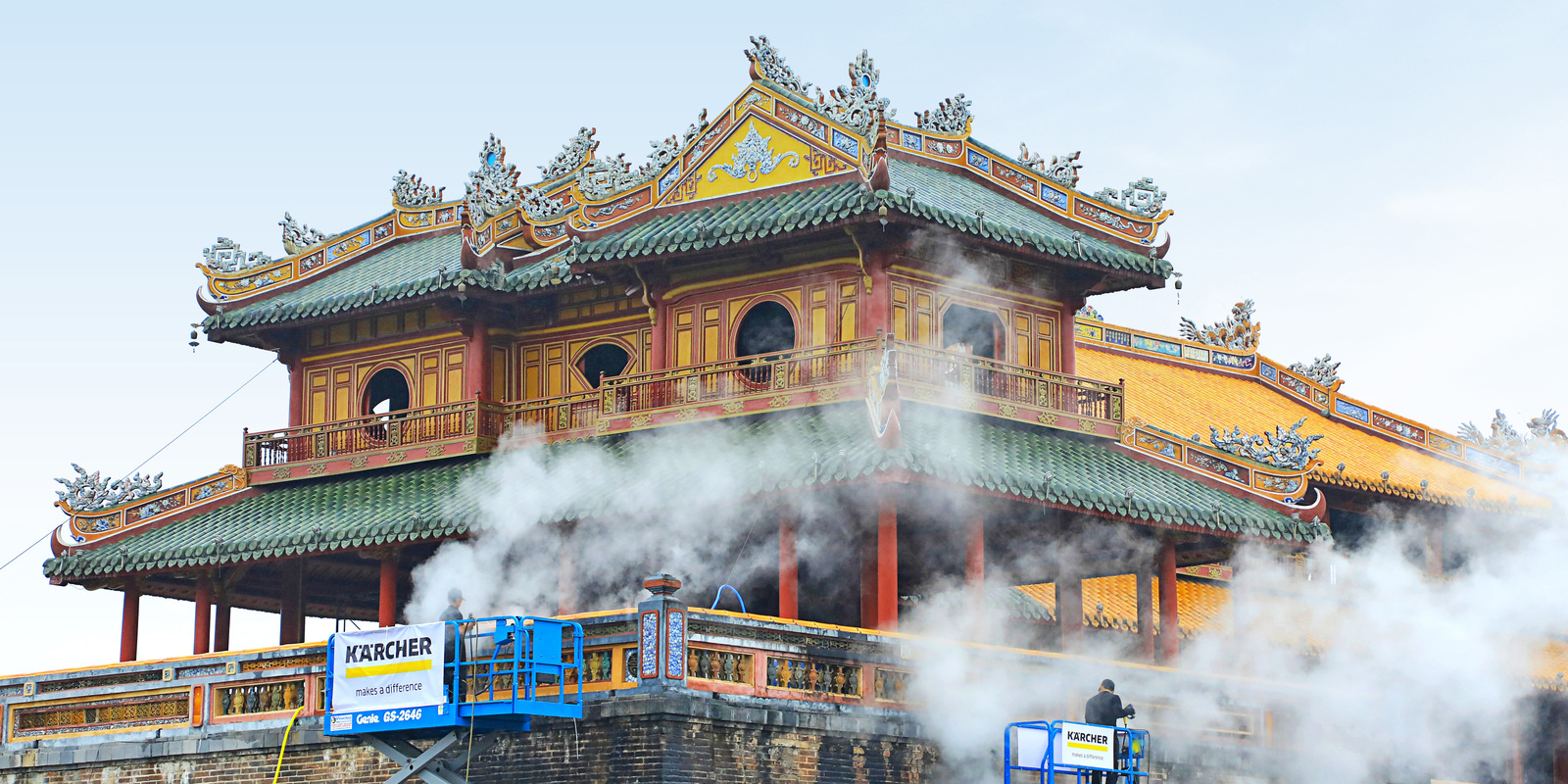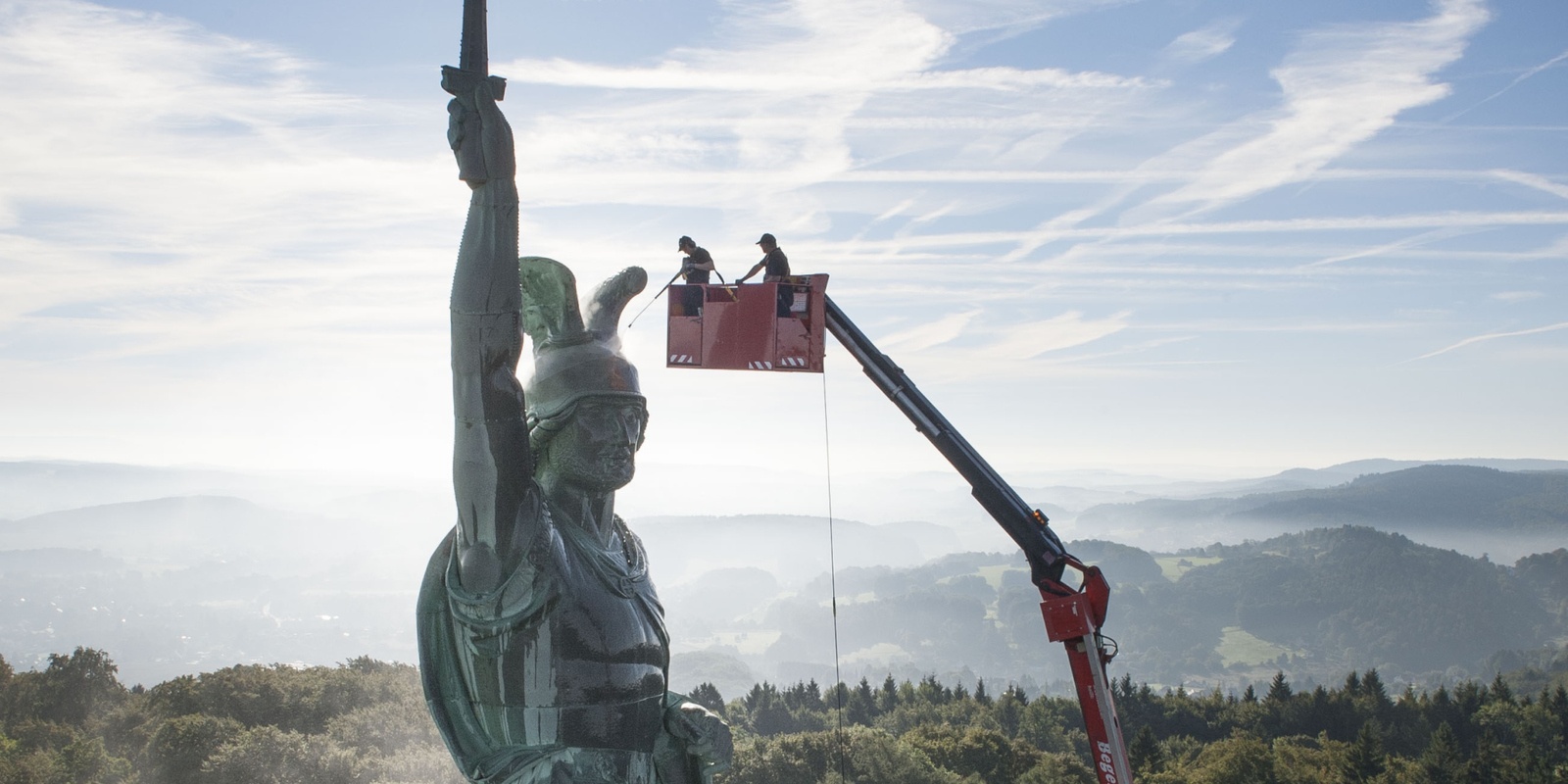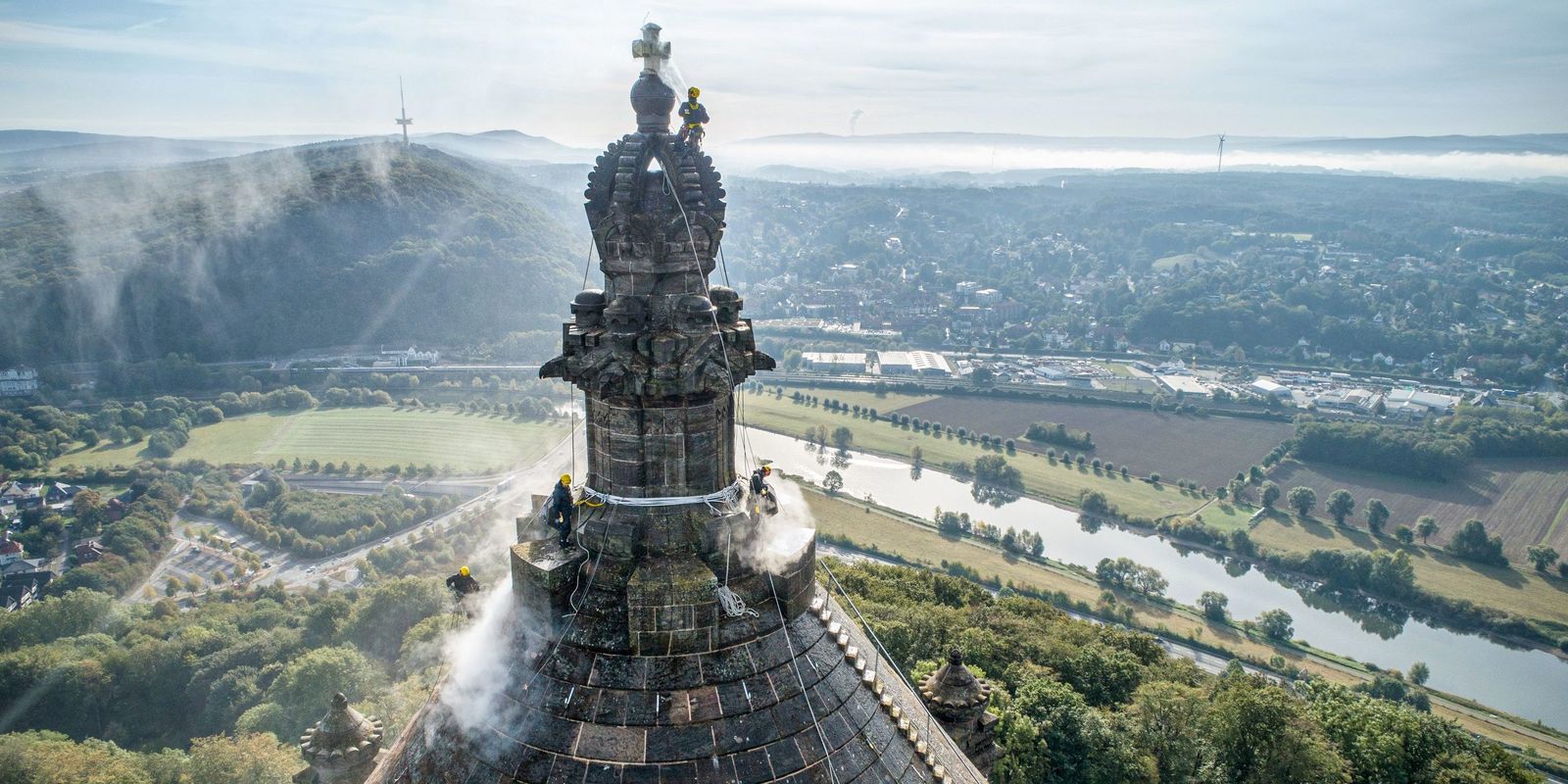Cleaning over the roofs of Berlin
At a height of up to 40 metres, Kärcher tackled decades-old dirt made of soot, rubber abrasion and dust. With this work, Kärcher supported the comprehensive renovation of the cathedral.
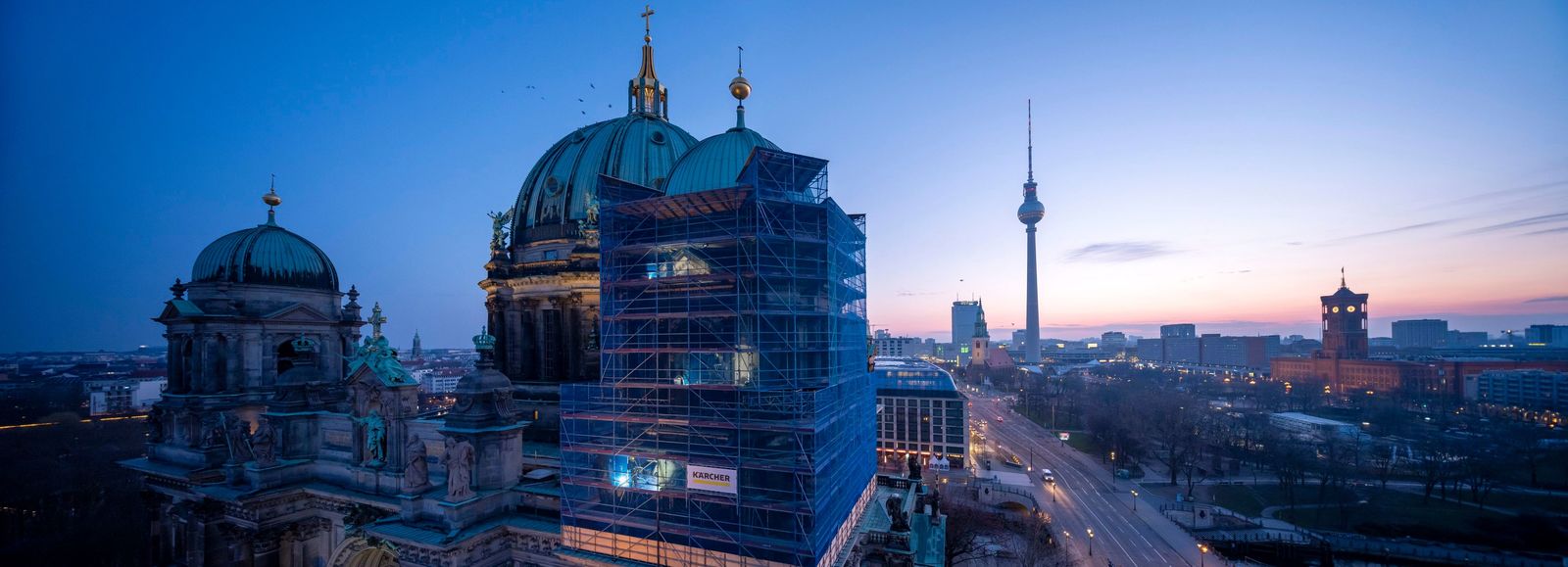
Kärcher has cleaned the south tower of Berlin Cathedral as part of its cultural sponsorship. The work took place as part of a comprehensive renovation of the cathedral facade and lasted around four weeks. Located in the heart of the capital, the cathedral is considered the gateway to the famous Museum Island and is one of the largest Protestant churches in Germany.
Working 40 meters above the ground
"The restoration of the cathedral is one of the central tasks for us in the coming years and a huge project - that we were able to win the Kärcher company with its experience from many restoration cleaning projects as a supporter is of course a great help", said Michael Kösling, managing cathedral preacher about the cooperation. Kärcher removed deposits and encrustations of soot, rubber abrasion and dust that had been deposited on the sandstone over the past decades. The so-called low-pressure particle blasting process was used: from a distance of 10 to 20 cm and with a surface pressure of 0.5 to 1 bar, the specialists, equipped with breathing masks and protective suits, removed the layers of dirt with an aluminium silicate blasting agent.
This method was specified in advance by the State Office for the Protection of Monuments and confirmed in preliminary examinations. "Although the procedure used here is very costly and time-consuming, it is also very effective and gentle on the substance. With the restoration of the south tower's facade cleaning we can play our part in ensuring that an important historical heritage in Berlin is sustainably protected and preserved," says Kärcher project manager Nick Heyden, who coordinates the work on site, explaining the company's commitment.
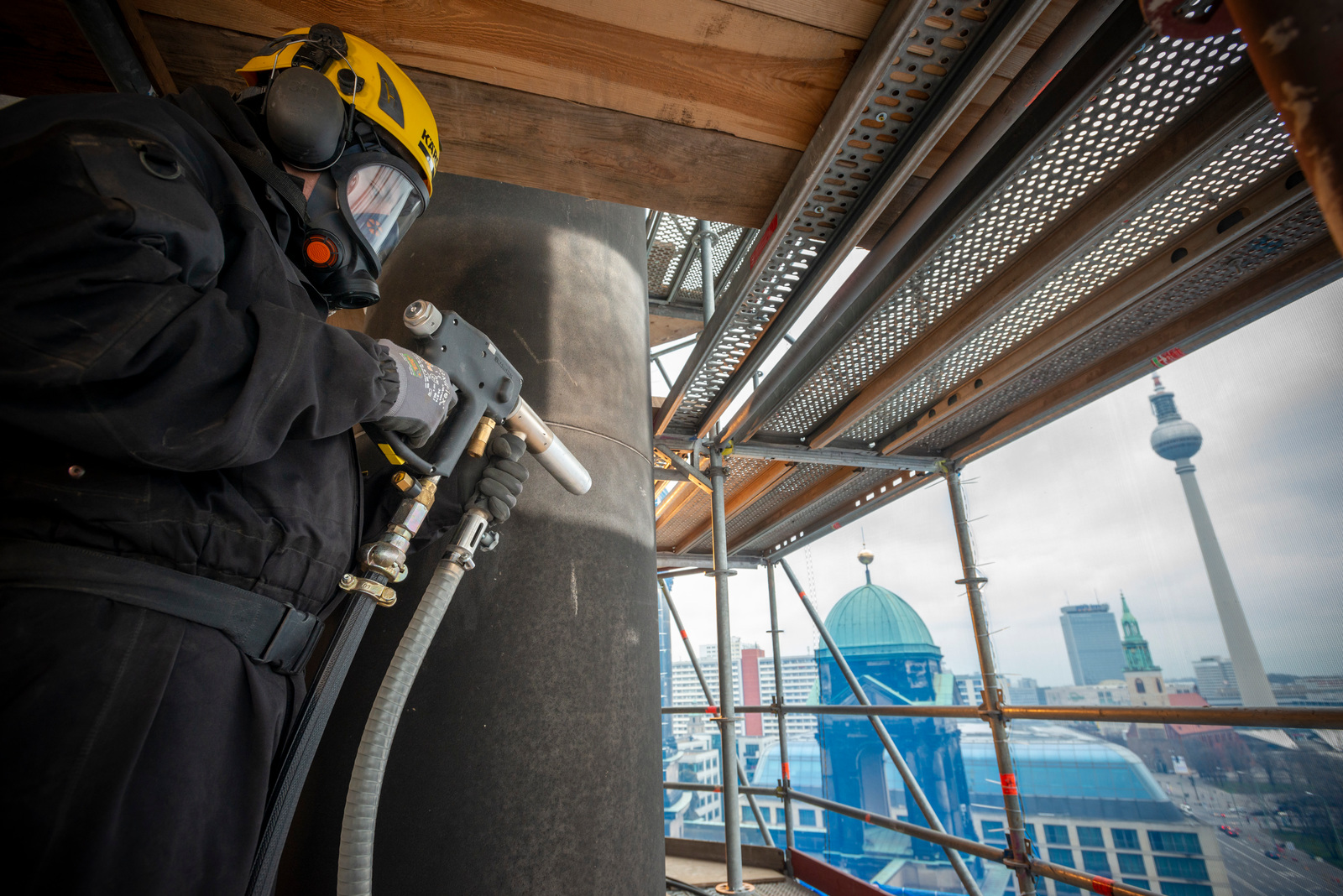
Fundraising with Stiftung Denkmalschutz
The renovation and thus also the cleaning of the cathedral façade became necessary because façade damage was discovered about two years ago. "The damage was caused by soot, rain and exhaust fumes, among other things. In addition, penetrating rainwater has severely damaged the masonry and the sandstone substance of various decorative elements and figures on the cathedral", adds monument conservator Damaris Gorrissen. Last year, the cathedral parish was already able to win over the German Foundation for Monument Protection for a joint campaign for the restoration of the façade. Nationwide, donations amounting to 167,000 euros have now been received by the foundation. In total, the community needs 1.6 million euros for the renovation. Berlin Cathedral is one of the largest Protestant churches in Germany and, with the Hohenzollern crypt, houses the graves of numerous members of the Brandenburg-Prussian imperial dynasty of the House of Hohenzollern.
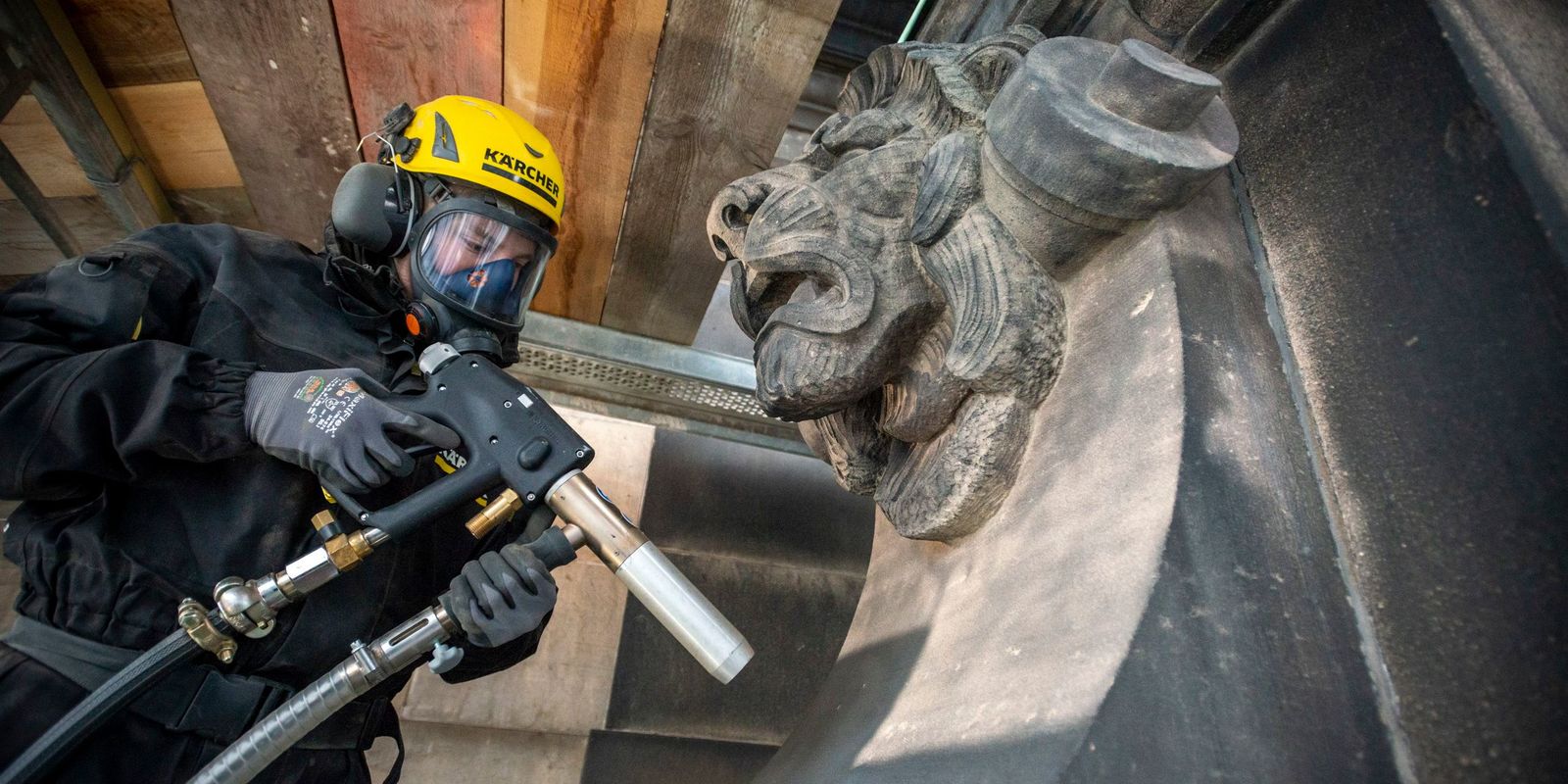
The so-called low-pressure particle blasting process is used for cleaning: from a distance of 10 to 20 cm and with a surface pressure of 0.5 to 1 bar, the layers of dirt were removed with an aluminium silicate blasting agent.
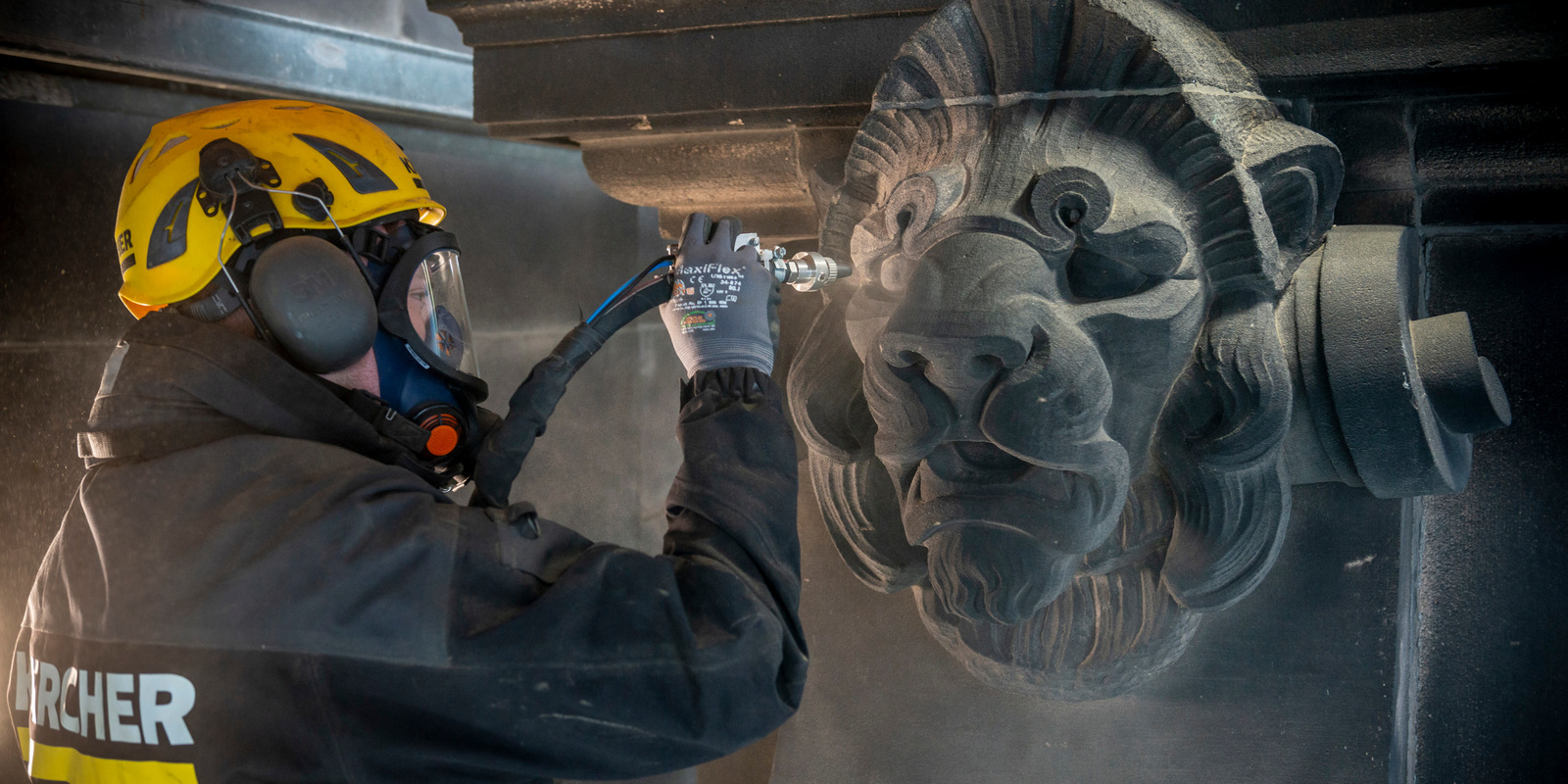
The cleaning method was determined in advance by the Landesdenkmalamt and confirmed in preliminary examinations.
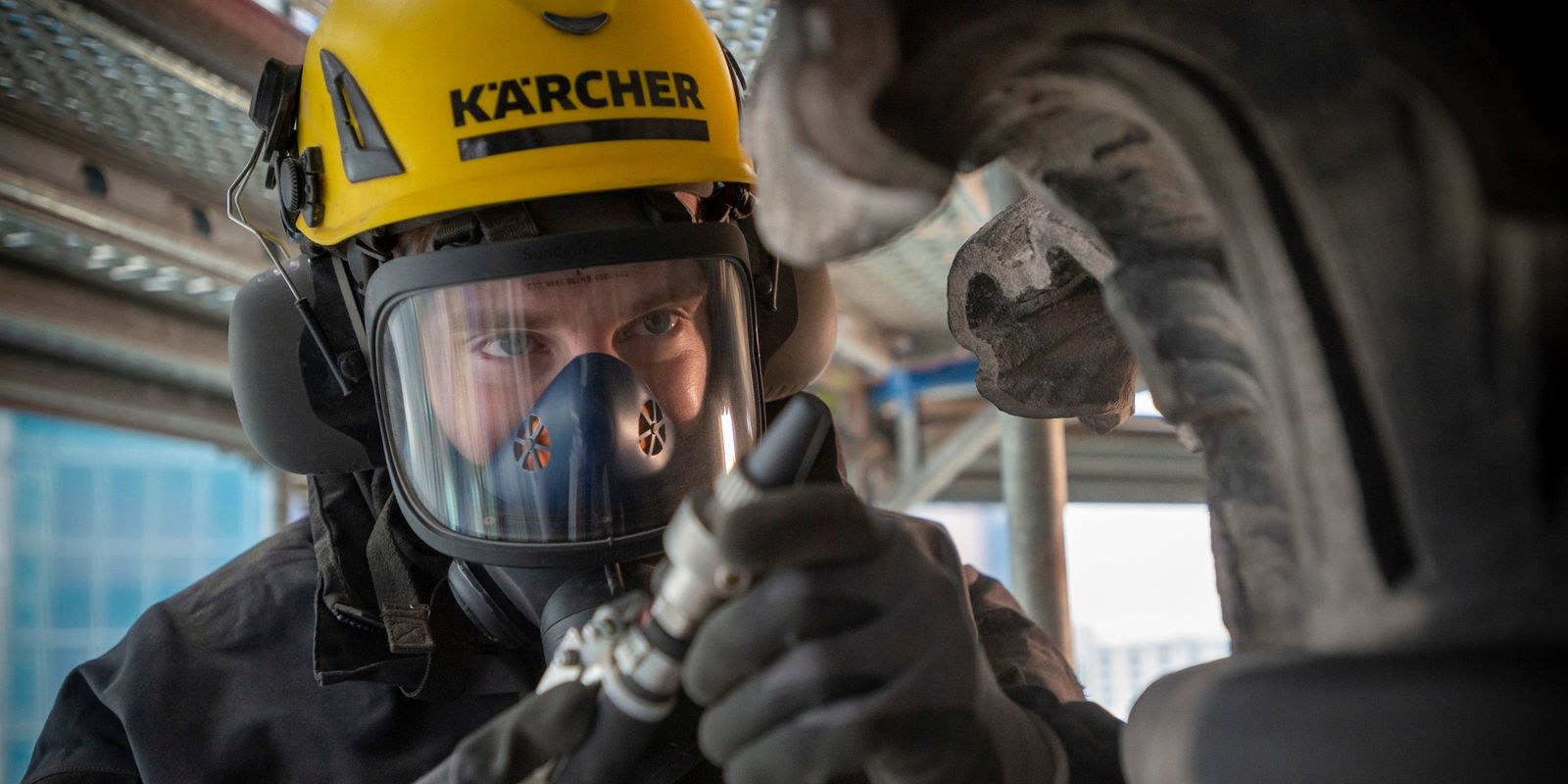
The workers are equipped with breathing masks and protective suits.
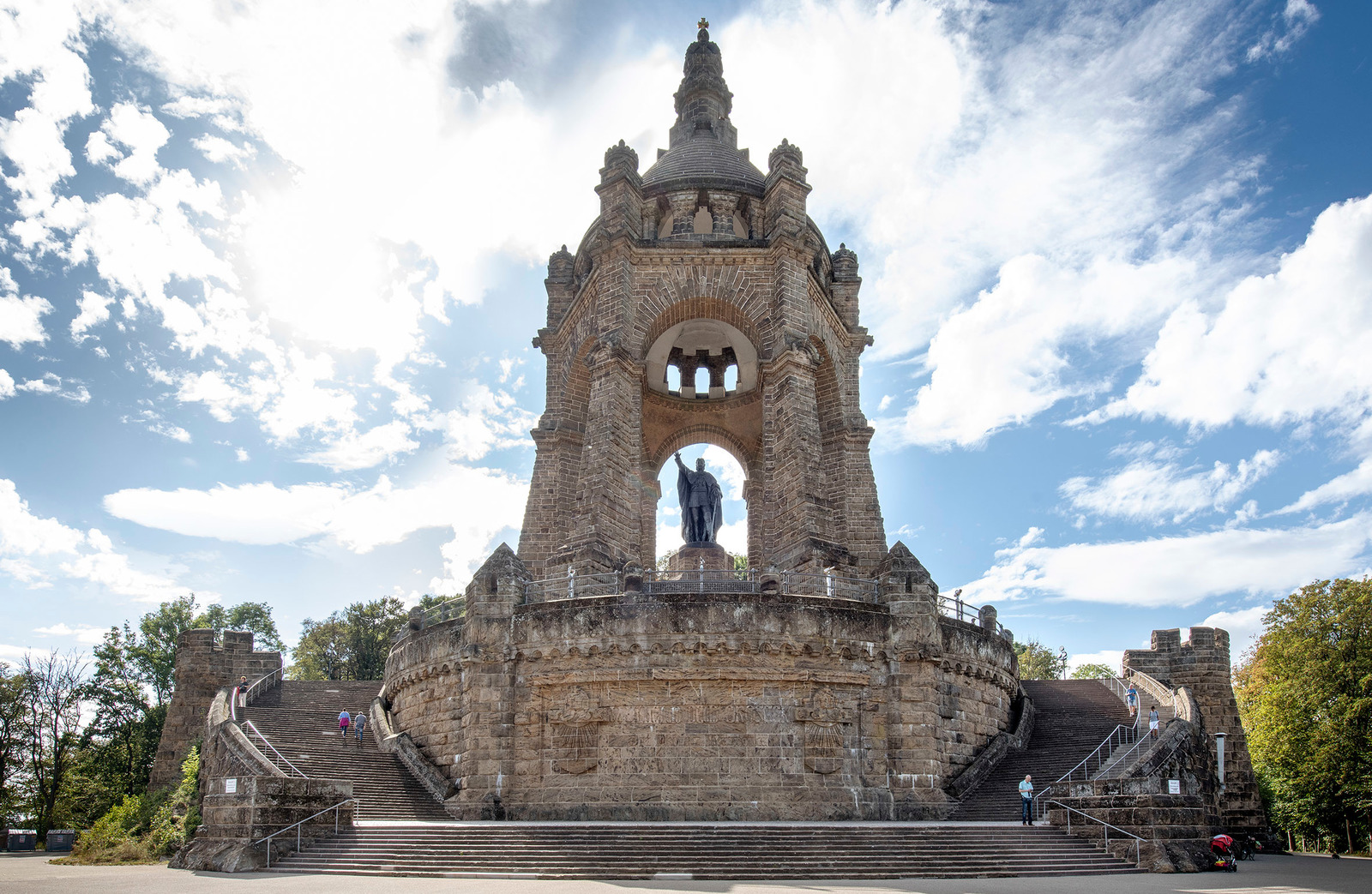
Facts at a glance
Country: Germany
City: Berlin
Soiling: Soot, rubber abrasion and dust
Cleaning technique: Low-pressure micro-particle blasting process with fine aluminium silicate (40-90 μm) as blasting medium
Execution: March 2020

